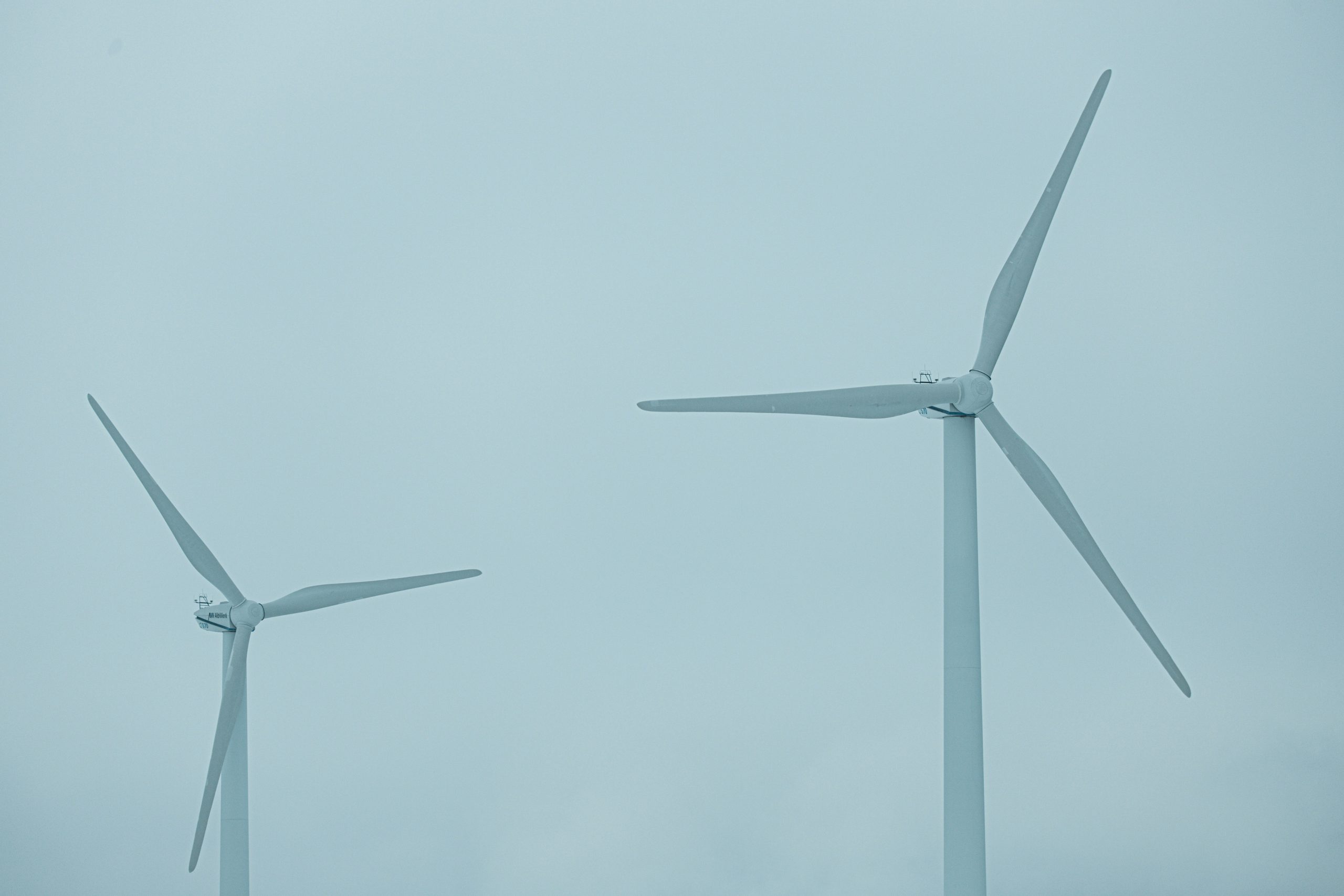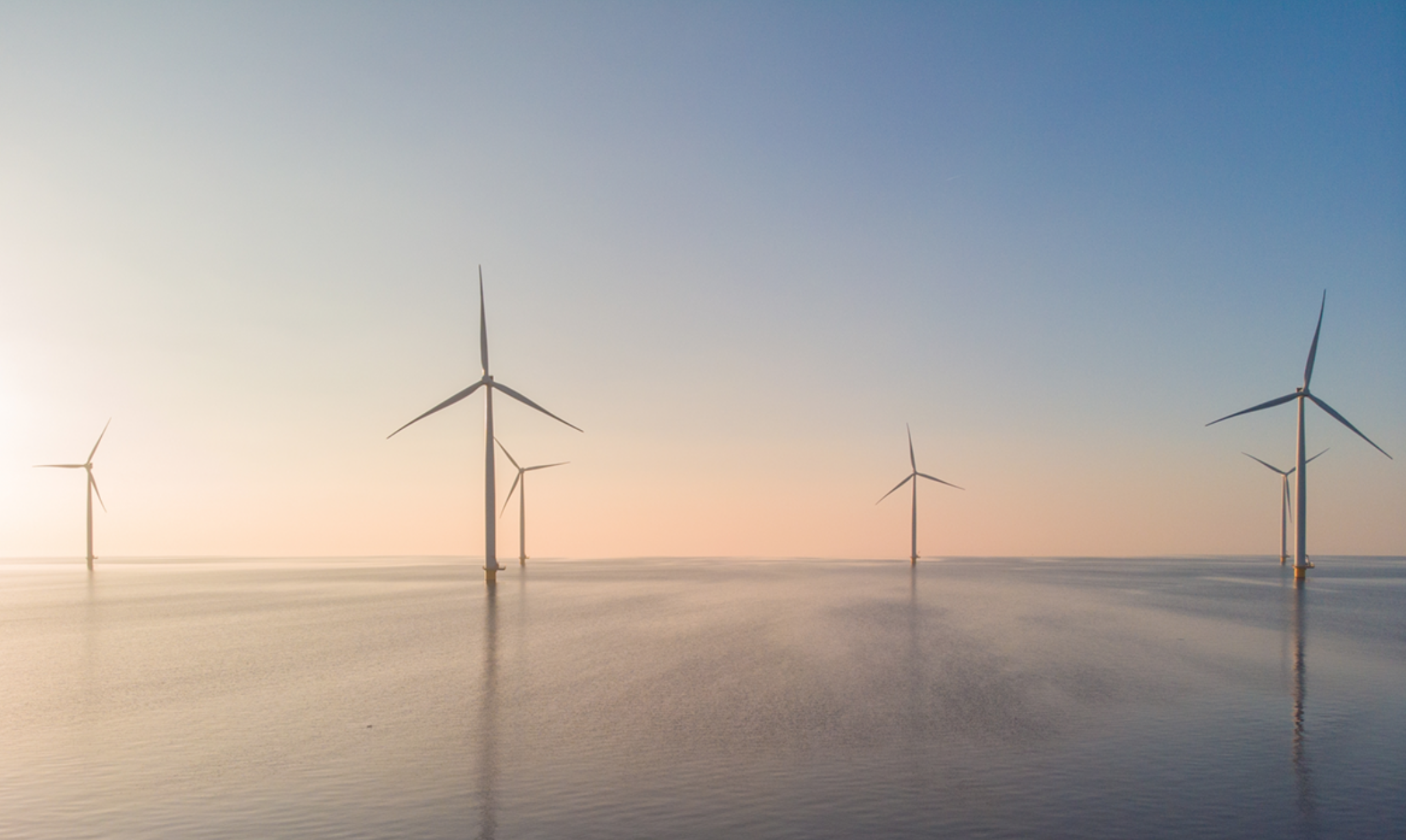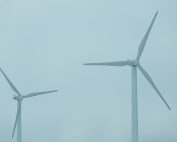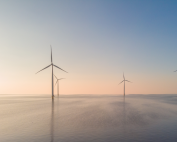In a significant stride towards achieving the European Union’s ambitious decarbonization goals, the European Network of Transmission System Operators for Electricity (ENTSO-E) has unveiled the first-ever Offshore Network Development Plans (ONDPs) as part of its Ten-Year Network Development Plan (TYNDP) for 2024. This groundbreaking initiative marks a crucial step in deploying offshore infrastructure across European sea basins, playing a pivotal role in seamlessly integrating offshore wind farms into the continent’s energy system.
The European Union’s Decarbonization Agenda
The European Union has set forth ambitious goals for developing a decarbonized energy system, with offshore renewable energy emerging as a key component in achieving carbon neutrality. Offshore wind energy holds immense potential in the European electricity generation mix, underscoring the crucial role of grids in the broader context of decarbonizing the European energy system. A robust transmission system is vital to harness the energy potential of European waters efficiently.
Financial and Technical Implications
ENTSO-E’s ONDPs shed light on the financial and technical requirements for developing and upgrading grids to accommodate additional generation capacity from European offshore territories. Recognizing offshore wind as a cornerstone of the European Energy System, the report emphasizes the need for accelerated installation of generation and transmission capacities to fully unlock its potential.
Balancing Energy Development and Environmental Conservation
The report underscores the significance of developing offshore network infrastructure in harmony with the protection of the marine environment. Achieving a sustainable energy system is deemed possible only through a balanced approach that coexists with biodiversity. The integration of environmental considerations into energy planning ensures a holistic approach that maximizes the benefits of a decarbonized power system.

The Role of Baltic Sea in Offshore Wind Development
One of the focal points of the ONDPs is the Baltic Sea basin, recognized for its substantial offshore renewable energy potential. According to the report, the Baltic Sea basin offers a staggering 70 GW of offshore renewable energy potential, positioning itself as a significant contributor to the European energy transition.
Goals for 2030, 2040, and 2050
The report outlines the goals for the Baltic Sea basin, projecting a total offshore wind capacity of approximately 27 GW by 2030. The majority of projects are expected to be connected radially, with a few hybrid projects in the development phase. Moving forward to 2040, the region anticipates increased connectivity with new cross-border offshore hybrid projects. The total installed capacity could reach 45 GW by 2040, reflecting the member states’ goals.
Looking further into 2050, the Baltic Sea grid is envisioned to take shape with more hybrid connections between different countries. The report suggests the establishment of up to 3,800 km of additional routes covered by transmission infrastructure, supporting an additional 10.6 GW of hybrid transmission capacity. The member states aim to achieve 46.8 GW of additional offshore wind capacity installed by 2050.
Kadri Simson, European Commissioner for Energy, expressed her thoughts on the publication of the ONDPs, stating, “Today’s launch of the Offshore Network Development Plans is an important delivery. Offshore wind is set to become a crucial energy source in the European power system, which mirrors the direction set by the EU – and made even more ambitious by the Member States. I would like to congratulate ENTSO-E for delivering these important Plans, which will help us draft strategies for our offshore grids needs, provide a wealth of information and data, and show the true potential and benefits of coordination and cross-border projects. Today’s launch takes us a step closer to realizing our offshore ambitions.”

Zbyněk Boldiš, President of ENTSO-E, emphasized the challenge of connecting offshore wind generation to the grid, stating, “The ONDPs presented today emphasize the need for close coordination and involvement of all European stakeholders. Only by acting together will we be able to successfully meet this tremendous challenge.”
Damian Cortinas, Chair of the Board of ENTSO-E, highlighted the significance of the Offshore Network Development Plan, stating, “The deployment of fit-for-purpose offshore grids is a necessary condition to achieving the European energy transition to carbon neutrality.”
In conclusion, the release of ENTSO-E’s Offshore Network Development Plans marks a milestone in the European energy landscape, showcasing a concerted effort to integrate offshore wind into the broader electricity grid. The plans not only address the technical and financial aspects but also emphasize the need for environmental sustainability, ensuring a harmonious coexistence with marine biodiversity. The focus on the Baltic Sea basin further underscores the strategic importance of this region in driving the European energy transition. As the continent moves towards a carbon-neutral future, the collaboration of stakeholders and the implementation of these plans will be critical in realizing the full potential of offshore wind energy.
Source: ENTSO-E















